Small-cap stocks—companies worth between $300 million and $2 billion—are like young saplings: they can grow tall fast but bend in strong winds. Their prices often swing wildly, making them exciting for traders but tough to predict. Fibonacci retracements are like a ruler for these swings, helping you spot where prices might pause or reverse. This tool, based on simple math, makes trading small-caps less of a guessing game. In this guide, we’ll explain how to use Fibonacci retracements to trade small-cap stocks, with easy steps, real stories, and tips that anyone, even a beginner, can use to trade with confidence.
What Are Fibonacci Retracements?
Fibonacci retracements are lines drawn on a stock chart to show where prices might stop after a big move up or down. They’re based on the Fibonacci sequence, a series of numbers where each is the sum of the two before it (1, 1, 2, 3, 5, 8, etc.). In trading, key levels—23.6%, 38.2%, 50%, 61.8%, and 78.6%—act like magnets where prices often pause or bounce. For small-cap stocks, which jump around due to news or low trading volume, these levels help pinpoint support(where prices may stop falling) or resistance (where prices may stop rising) (Investopedia).
● How It Looks: After a stock rises or falls, draw lines from the low to high (uptrend) or high to low (downtrend). The Fibonacci levels show potential turning points.
● Why Small-Caps?: Small-caps’ volatility creates clear price swings, making Fibonacci levels useful for timing trades.
Why Fibonacci Retracements Shine for Small-Caps
Small-cap stocks move more than big companies. In 2024, the Russell 2000 Index, a small-cap tracker, had a 28% peak-to-trough swing, compared to the S&P 500’s 18% (Yahoo Finance). This volatility comes from less trading, fewer analysts, and quick reactions to events like earnings. Fibonacci retracements help by:
● Finding Entry Points: Levels like 38.2% or 61.8% often mark where small-caps pause, offering good spots to buy or sell.
● Predicting Reversals: Prices hitting a Fibonacci level with other signals (like volume) can signal a bounce or trend change.
● Managing Risk: Place stop-losses just beyond Fibonacci levels to limit losses if the trade goes wrong.
Since small-caps can be tricky, always combine Fibonacci with tools like volume or the Relative Strength Index (RSI).
Strategy 1: Buying at Fibonacci Support in an Uptrend
In an uptrend, small-cap stocks often pull back to Fibonacci levels before climbing again. The Fibonacci Supportstrategy is like buying a stock on sale during a hot market.
● How It Works: After a price rise, draw Fibonacci levels from the swing low to high. Buy when the price hits a key level like 38.2% or 61.8%, expecting a bounce.
● Real Example: In June 2024, Axos Financial (AX), a small-cap financial stock, rose from $50 to $70. It pulled back to the 38.2% Fibonacci level at $62, with RSI at 35 (near oversold) and steady volume. A trader bought at $62.50, with a stop-loss at $60, targeting $68. The stock hit $68 in two weeks, earning a $5.50 profit per share (Yahoo Finance).
● Simple Steps:
○ Spot an uptrend (higher highs and lows) on a small-cap stock’s chart.
○ Draw Fibonacci levels from the recent low to high using a free tool like TradingView.
○ Buy when the price hits 38.2% or 61.8%, with RSI below 40 or a volume spike.
○ Set a stop-loss just below the next Fibonacci level and aim for a prior high.
● Tip: Confirm with a candlestick pattern like a hammer to boost confidence (Fidelity).
This strategy is like catching a wave as it dips but keeps rising.
Strategy 2: Selling at Fibonacci Resistance in a Downtrend
In a downtrend, small-cap stocks may rally to Fibonacci levels before falling again. The Fibonacci Resistance strategy is like selling at a peak during a slump.
● How It Works: After a price drop, draw Fibonacci levels from the swing high to low. Sell or short when the price hits a level like 38.2% or 50%, expecting a drop.
● Real Example: In September 2024, Ligand Pharmaceuticals (LGND), a small-cap biotech, fell from $120 to $90. It rallied to the 50% Fibonacci level at $105, with RSI at 65 (near overbought). A trader shorted at $104, with a stop-loss at $107, targeting $95. The stock dropped to $95, earning a $9 profit per share (Yahoo Finance).
● Simple Steps:
○ Identify a downtrend (lower highs and lows) on a small-cap stock.
○ Draw Fibonacci levels from the recent high to low.
○ Sell or short at 38.2% or 50%, with RSI above 60 or fading volume.
○ Set a stop-loss above the next Fibonacci level and target a prior low.
● Tip: Look for bearish candlesticks like a shooting star to confirm the sell (TradingView).
This strategy is like selling apples before they rot in a falling market.
Strategy 3: Trading Breakouts Beyond Fibonacci Levels
Sometimes, small-cap stocks break past Fibonacci levels with force, signaling a strong move. The Fibonacci Breakoutstrategy catches these big swings, often triggered by news or earnings.
● How It Works: Draw Fibonacci levels after a move. Trade when the price breaks the 100% level (past the prior high/low) with high volume, expecting a new trend.
● Real Example: In Q3 2024, Cavco Industries (CVCO), a small-cap homebuilder, rose from $300 to $400, then pulled back. It broke the 100% Fibonacci level at $400 with tripled volume after a housing report. A trader bought at $405, with a stop-loss at $395, targeting $430. The stock hit $430, earning a $25 profit per share (Yahoo Finance).
● Simple Steps:
○ Draw Fibonacci levels after a clear price swing.
○ Wait for a break above the 100% level (uptrend) or below (downtrend) with strong volume.
○ Enter the trade, with a stop-loss below/above the breakout level.
○ Target a 1:2 risk-reward ratio or the next key level.
● Tip: Use the Moving Average Convergence Divergence (MACD) to confirm breakout strength, as small-caps can fake breakouts (StockCharts).
This strategy is like jumping on a train as it picks up speed.
Supercharging Fibonacci with Other Tools
Small-cap stocks can be wild, so don’t rely on Fibonacci alone. Add these helpers:
● RSI: Confirms oversold (below 30) or overbought (above 70) conditions at Fibonacci levels.
● Volume: High volume at a Fibonacci level or breakout signals a real move.
● Candlesticks: Patterns like hammers or shooting stars at Fibonacci levels boost reliability.
For example, in the AX trade, a hammer candlestick and volume spike at the 38.2% level made the buy signal stronger. Always check trading volume, as low-volume small-caps can mislead (Investopedia).
Trading Small-Cap ETFs with Fibonacci
For less risk, trade the iShares Russell 2000 ETF (IWM) instead of single small-caps. IWM spreads your money across many small-caps, reducing the impact of one stock’s swings. Apply the same Fibonacci strategies—support, resistance, or breakouts—on IWM’s chart. Its high volume makes trades smoother (Yahoo Finance).
Comparing Fibonacci Strategies
Create a markdown table comparing Fibonacci retracement strategies for small-cap stocks. Include columns for strategy, difficulty, best market condition, and resource, and link to Yahoo Finance.
Strategy Difficulty Best Market Condition Resource
Fibonacci Support Easy Uptrend pullback https://finance.yahoo.com/quote/AX
Fibonacci Resistance Moderate Downtrend rally https://finance.yahoo.com/quote/LGND
Fibonacci Breakout Moderate After news/earnings https://finance.yahoo.com/quote/CVCO
This table helps you choose a strategy that fits your skills and the market’s vibe.
Small-Cap Stocks for Fibonacci Trading
Create a markdown table comparing small-cap stocks ideal for Fibonacci retracement trading. Include columns for stock symbol, sector, P/E ratio, and 1-year return, and link to Yahoo Finance.
Stock Symbol Sector P/E Ratio 1-Year Return Link
AX Financials 8.2 38.5% https://finance.yahoo.com/quote/AX
LGND Healthcare 15.6 25.7% https://finance.yahoo.com/quote/LGND
CVCO Consumer Cyclical 22.3 33.1% https://finance.yahoo.com/quote/CVCO
These stocks, based on 2024 Yahoo Finance data, are volatile and active, perfect for Fibonacci trades.
Wrapping Up
Fibonacci retracements are like a treasure map for trading small-cap stocks, guiding you to key price levels in their wild swings. The Support strategy catches bargains in uptrends, Resistance spots sell points in downtrends, and Breakoutsride big moves. Start with a simple step, like drawing Fibonacci levels on AX using a free tool like Yahoo Finance. Watch volume and candlesticks to stay sharp, and consider IWM for safer trades. With these strategies, you can tackle small-cap trading with less fear. Try one idea today and start mapping your trades!
AI-generated image prompt: Minimalist image showing a stock chart with Fibonacci retracement lines, like a ladder of price levels. No text or faces.




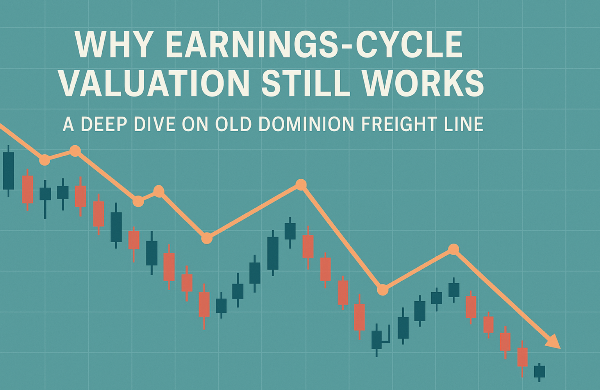
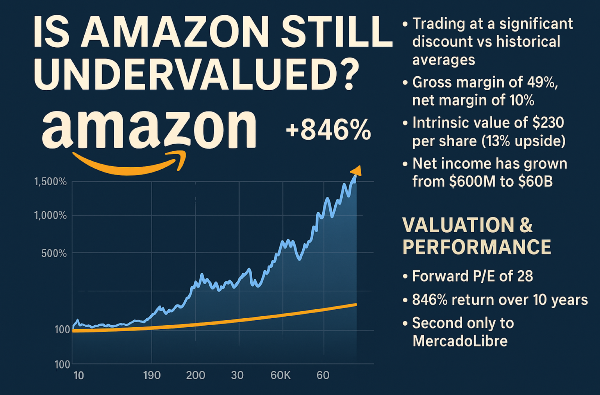




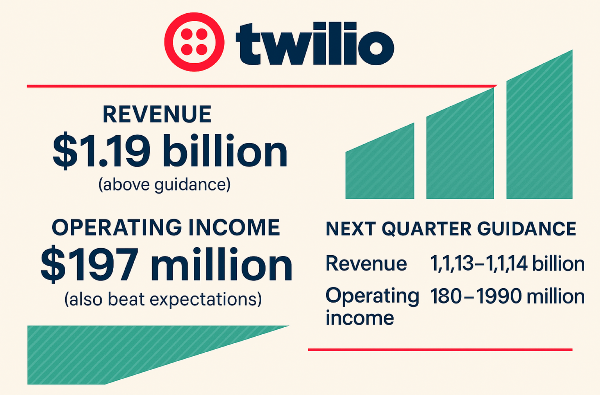
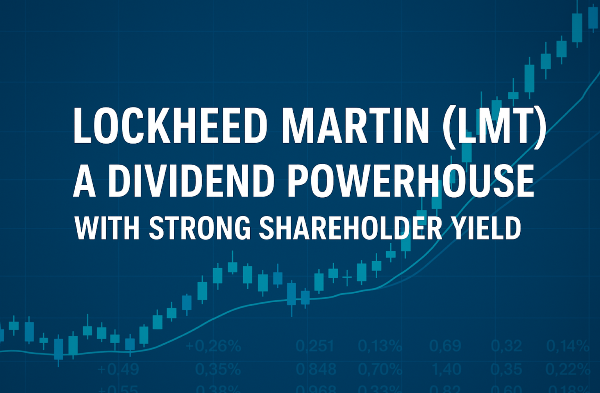
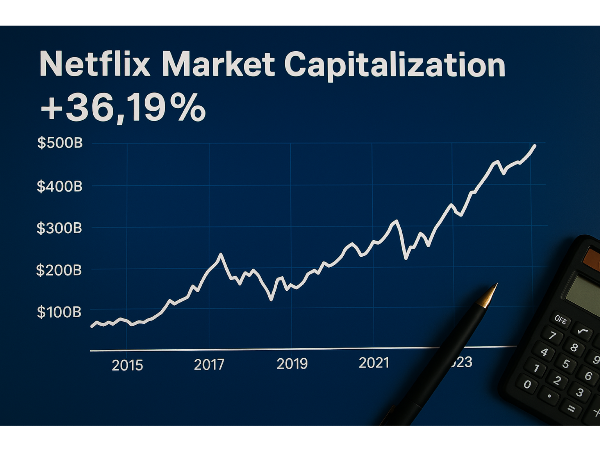




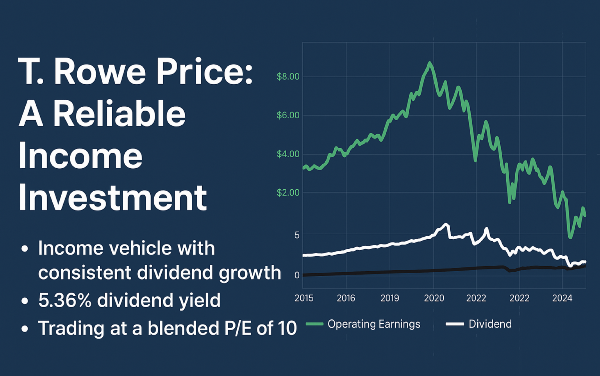


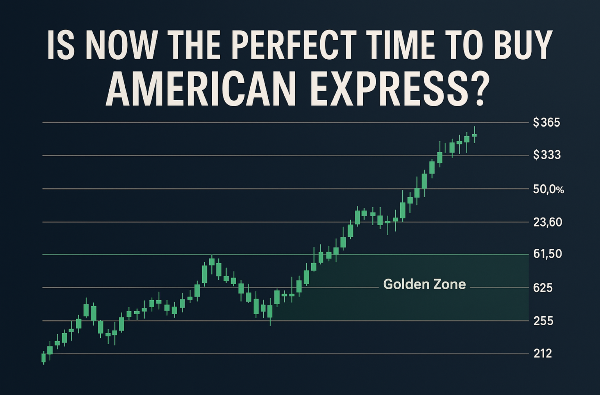









Small-cap stocks—companies worth between $300 million and $2 billion—are like young saplings: they can grow tall fast but bend in strong winds. Their prices often swing wildly, making them exciting for traders but tough to predict. Fibonacci retracements are like a ruler for these swings, helping you spot where prices might pause or reverse. This tool, based on simple math, makes trading small-caps less of a guessing game. In this guide, we’ll explain how to use Fibonacci retracements to trade small-cap stocks, with easy steps, real stories, and tips that anyone, even a beginner, can use to trade with confidence. What Are Fibonacci Retracements? Fibonacci retracements are lines drawn on a stock chart to show where prices might stop after a big move up or down. They’re based on the Fibonacci sequence, a series of numbers where each is the sum of the two before it (1, 1, 2, 3, 5, 8, etc.). In trading, key levels—23.6%, 38.2%, 50%, 61.8%, and 78.6%—act like magnets where prices often pause or bounce. For small-cap stocks, which jump around due to news or low trading volume, these levels help pinpoint support(where prices may stop falling) or resistance (where prices may stop rising) (Investopedia). ● How It Looks: After a stock rises or falls, draw lines from the low to high (uptrend) or high to low (downtrend). The Fibonacci levels show potential turning points. ● Why Small-Caps?: Small-caps’ volatility creates clear price swings, making Fibonacci levels useful for timing trades. Why Fibonacci Retracements Shine for Small-Caps Small-cap stocks move more than big companies. In 2024, the Russell 2000 Index, a small-cap tracker, had a 28% peak-to-trough swing, compared to the S&P 500’s 18% (Yahoo Finance). This volatility comes from less trading, fewer analysts, and quick reactions to events like earnings. Fibonacci retracements help by: ● Finding Entry Points: Levels like 38.2% or 61.8% often mark where small-caps pause, offering good spots to buy or sell. ● Predicting Reversals: Prices hitting a Fibonacci level with other signals (like volume) can signal a bounce or trend change. ● Managing Risk: Place stop-losses just beyond Fibonacci levels to limit losses if the trade goes wrong. Since small-caps can be tricky, always combine Fibonacci with tools like volume or the Relative Strength Index (RSI). Strategy 1: Buying at Fibonacci Support in an Uptrend In an uptrend, small-cap stocks often pull back to Fibonacci levels before climbing again. The Fibonacci Supportstrategy is like buying a stock on sale during a hot market. ● How It Works: After a price rise, draw Fibonacci levels from the swing low to high. Buy when the price hits a key level like 38.2% or 61.8%, expecting a bounce. ● Real Example: In June 2024, Axos Financial (AX), a small-cap financial stock, rose from $50 to $70. It pulled back to the 38.2% Fibonacci level at $62, with RSI at 35 (near oversold) and steady volume. A trader bought at $62.50, with a stop-loss at $60, targeting $68. The stock hit $68 in two weeks, earning a $5.50 profit per share (Yahoo Finance). ● Simple Steps: ○ Spot an uptrend (higher highs and lows) on a small-cap stock’s chart. ○ Draw Fibonacci levels from the recent low to high using a free tool like TradingView. ○ Buy when the price hits 38.2% or 61.8%, with RSI below 40 or a volume spike. ○ Set a stop-loss just below the next Fibonacci level and aim for a prior high. ● Tip: Confirm with a candlestick pattern like a hammer to boost confidence (Fidelity). This strategy is like catching a wave as it dips but keeps rising. Strategy 2: Selling at Fibonacci Resistance in a Downtrend In a downtrend, small-cap stocks may rally to Fibonacci levels before falling again. The Fibonacci Resistance strategy is like selling at a peak during a slump. ● How It Works: After a price drop, draw Fibonacci levels from the swing high to low. Sell or short when the price hits a level like 38.2% or 50%, expecting a drop. ● Real Example: In September 2024, Ligand Pharmaceuticals (LGND), a small-cap biotech, fell from $120 to $90. It rallied to the 50% Fibonacci level at $105, with RSI at 65 (near overbought). A trader shorted at $104, with a stop-loss at $107, targeting $95. The stock dropped to $95, earning a $9 profit per share (Yahoo Finance). ● Simple Steps: ○ Identify a downtrend (lower highs and lows) on a small-cap stock. ○ Draw Fibonacci levels from the recent high to low. ○ Sell or short at 38.2% or 50%, with RSI above 60 or fading volume. ○ Set a stop-loss above the next Fibonacci level and target a prior low. ● Tip: Look for bearish candlesticks like a shooting star to confirm the sell (TradingView). This strategy is like selling apples before they rot in a falling market. Strategy 3: Trading Breakouts Beyond Fibonacci Levels Sometimes, small-cap stocks break past Fibonacci levels with force, signaling a strong move. The Fibonacci Breakoutstrategy catches these big swings, often triggered by news or earnings. ● How It Works: Draw Fibonacci levels after a move. Trade when the price breaks the 100% level (past the prior high/low) with high volume, expecting a new trend. ● Real Example: In Q3 2024, Cavco Industries (CVCO), a small-cap homebuilder, rose from $300 to $400, then pulled back. It broke the 100% Fibonacci level at $400 with tripled volume after a housing report. A trader bought at $405, with a stop-loss at $395, targeting $430. The stock hit $430, earning a $25 profit per share (Yahoo Finance). ● Simple Steps: ○ Draw Fibonacci levels after a clear price swing. ○ Wait for a break above the 100% level (uptrend) or below (downtrend) with strong volume. ○ Enter the trade, with a stop-loss below/above the breakout level. ○ Target a 1:2 risk-reward ratio or the next key level. ● Tip: Use the Moving Average Convergence Divergence (MACD) to confirm breakout strength, as small-caps can fake breakouts (StockCharts). This strategy is like jumping on a train as it picks up speed. Supercharging Fibonacci with Other Tools Small-cap stocks can be wild, so don’t rely on Fibonacci alone. Add these helpers: ● RSI: Confirms oversold (below 30) or overbought (above 70) conditions at Fibonacci levels. ● Volume: High volume at a Fibonacci level or breakout signals a real move. ● Candlesticks: Patterns like hammers or shooting stars at Fibonacci levels boost reliability. For example, in the AX trade, a hammer candlestick and volume spike at the 38.2% level made the buy signal stronger. Always check trading volume, as low-volume small-caps can mislead (Investopedia). Trading Small-Cap ETFs with Fibonacci For less risk, trade the iShares Russell 2000 ETF (IWM) instead of single small-caps. IWM spreads your money across many small-caps, reducing the impact of one stock’s swings. Apply the same Fibonacci strategies—support, resistance, or breakouts—on IWM’s chart. Its high volume makes trades smoother (Yahoo Finance). Comparing Fibonacci Strategies Create a markdown table comparing Fibonacci retracement strategies for small-cap stocks. Include columns for strategy, difficulty, best market condition, and resource, and link to Yahoo Finance. Strategy Difficulty Best Market Condition Resource Fibonacci Support Easy Uptrend pullback https://finance.yahoo.com/quote/AX
Fibonacci Resistance Moderate Downtrend rally https://finance.yahoo.com/quote/LGND
Fibonacci Breakout Moderate After news/earnings https://finance.yahoo.com/quote/CVCO
This table helps you choose a strategy that fits your skills and the market’s vibe. Small-Cap Stocks for Fibonacci Trading Create a markdown table comparing small-cap stocks ideal for Fibonacci retracement trading. Include columns for stock symbol, sector, P/E ratio, and 1-year return, and link to Yahoo Finance. Stock Symbol Sector P/E Ratio 1-Year Return Link AX Financials 8.2 38.5% https://finance.yahoo.com/quote/AX
LGND Healthcare 15.6 25.7% https://finance.yahoo.com/quote/LGND
CVCO Consumer Cyclical 22.3 33.1% https://finance.yahoo.com/quote/CVCO
These stocks, based on 2024 Yahoo Finance data, are volatile and active, perfect for Fibonacci trades. Wrapping Up Fibonacci retracements are like a treasure map for trading small-cap stocks, guiding you to key price levels in their wild swings. The Support strategy catches bargains in uptrends, Resistance spots sell points in downtrends, and Breakoutsride big moves. Start with a simple step, like drawing Fibonacci levels on AX using a free tool like Yahoo Finance. Watch volume and candlesticks to stay sharp, and consider IWM for safer trades. With these strategies, you can tackle small-cap trading with less fear. Try one idea today and start mapping your trades! AI-generated image prompt: Minimalist image showing a stock chart with Fibonacci retracement lines, like a ladder of price levels. No text or faces.